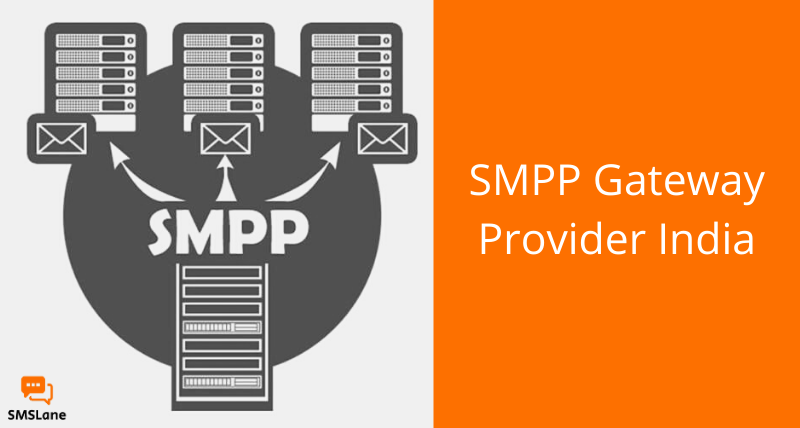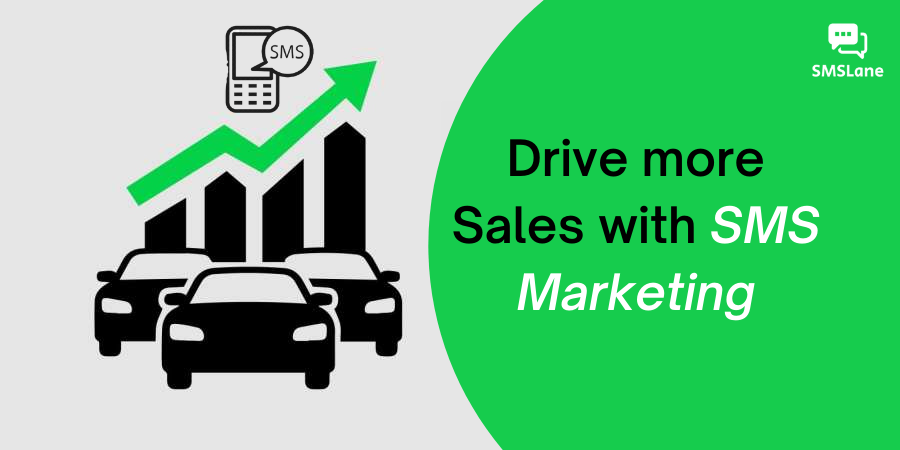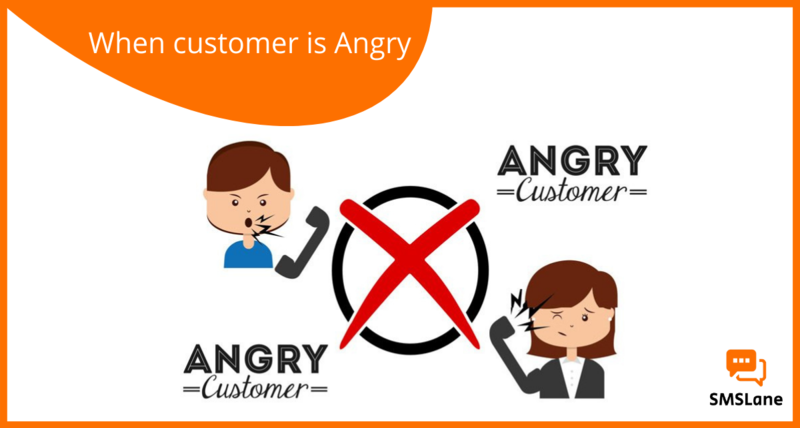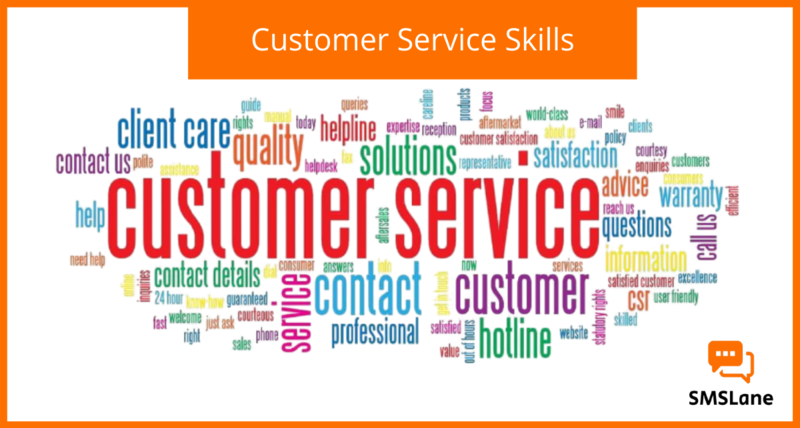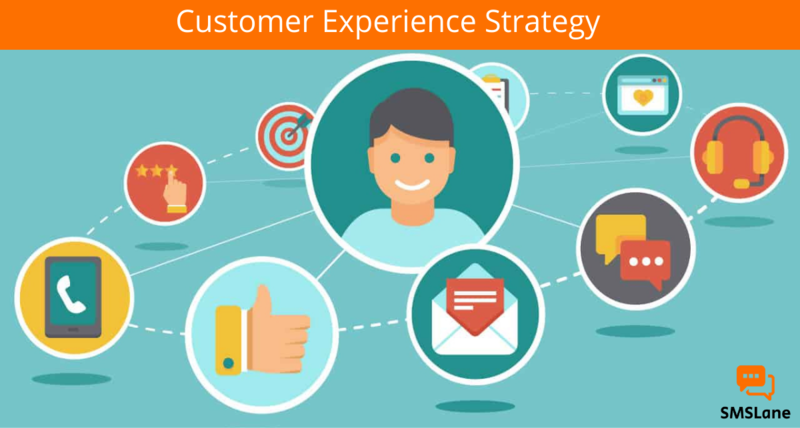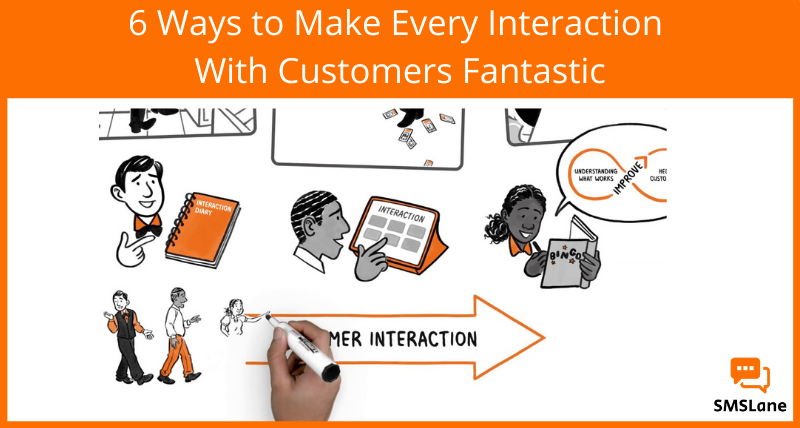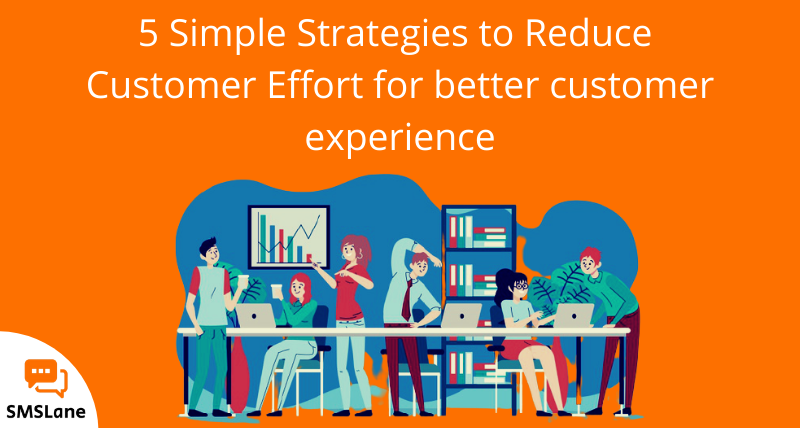“We believe a customer service shouldn’t be just a department: It should be the entire company”
-By Tony Hseh,Ceo of Zappos
Customer support isn’t the same thing as customer service, although it employs customer service techniques.
And it’s not the same thing it was 50, 20, or even 5 years ago — the definition is still evolving.
The New Definition of Customer Support
To us and many other customer-driven companies, customer support means:
Timely, empathetic help that keeps the customer’s needs at the forefront of every interaction.
This is what informs our mission of helping you build a company people love. It’s why we train everyone at the company on customer support,why our support team has the power and authority to resolve issues as soon as they arise, why our customers’ customers, dont see anything but a normal email,and a hundred other decisions that inform a customer-driven approach to support.
Â
Traditional Customer Service
|
The New Customer Support
|
| Viewed as a cost center |
Viewed as the face of a company, a critical component of sales and word-of-mouth marketing |
| Disempowered agents who require managerial approval for tasks customers should be able to accomplish themselves |
Self-service first; skilled and empowered agents can help with more complex questions and requests |
| Requires customers to call during specified business hours and often wait on hold for help |
Round-the-clock help via multiple channels: documentation, email, phone, chat, social media, etc. |
| Call centers relegated to cubicles or outsourced to other locations/countries |
Works side-by-side with product teams, has a seat at the table in company decision-making |
| Dead-end job |
Myriad opportunities for growth and development |
| Operational metrics tied to cost-cutting: first response times, call resolution times, etc. |
Holistic metrics tied to company-wide goals:NPS,customer satisfaction etc. |
The new customer support applies the principles of customer service in helping customers solve problems and make decisions, but in addition, functions as part sales, part tech support, and part customer success.
When 86% of customers quit doing business with a company due to bad customer experience,today’s subscription-model, customer-retention-oriented businesses need to approach every support interaction as an opportunity to acquire, retain or upsell as well.
In the self-service internet age, customers don’t need go-betweens to assist them with what should be simple functions, like canceling their account. And what’s more, people have grown to expect self-service — if you let them get to a point where they have to reach out, you’ve gotten in the way of usage and adoption.
“If the support team isn’t 100% embedded in the product you’re trying to market, support suffers,â€
Customer-driven companies remove a lot of that friction by automating that which can be automated and freeing their most valuable resource — their team — to work on problems that can’t be automated away. Hence the shift away from hiring your average “people person,†toward hiring highly skilled, empathetic problem-solvers.
